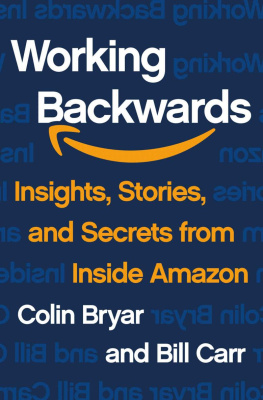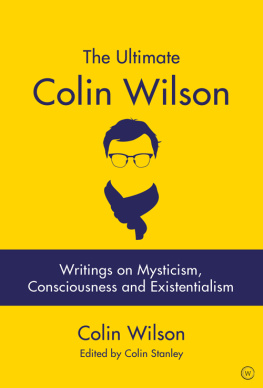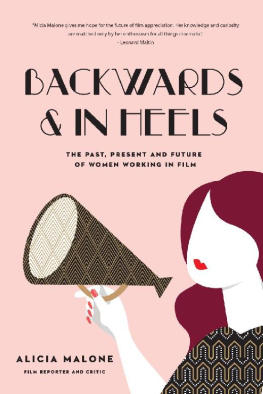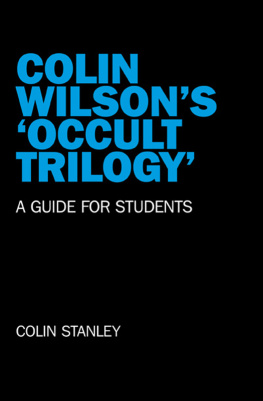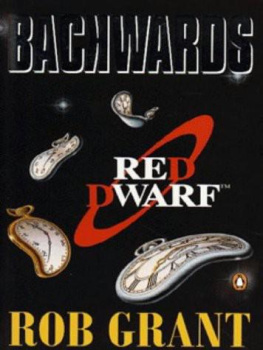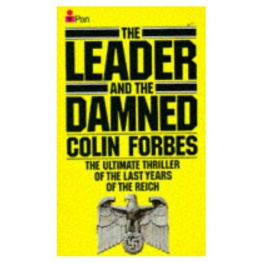Colin Bryar - Working Backwards
Here you can read online Colin Bryar - Working Backwards full text of the book (entire story) in english for free. Download pdf and epub, get meaning, cover and reviews about this ebook. year: 2021, publisher: St. Martins Publishing Group, genre: Business. Description of the work, (preface) as well as reviews are available. Best literature library LitArk.com created for fans of good reading and offers a wide selection of genres:
Romance novel
Science fiction
Adventure
Detective
Science
History
Home and family
Prose
Art
Politics
Computer
Non-fiction
Religion
Business
Children
Humor
Choose a favorite category and find really read worthwhile books. Enjoy immersion in the world of imagination, feel the emotions of the characters or learn something new for yourself, make an fascinating discovery.
- Book:Working Backwards
- Author:
- Publisher:St. Martins Publishing Group
- Genre:
- Year:2021
- Rating:3 / 5
- Favourites:Add to favourites
- Your mark:
- 60
- 1
- 2
- 3
- 4
- 5
Working Backwards: summary, description and annotation
We offer to read an annotation, description, summary or preface (depends on what the author of the book "Working Backwards" wrote himself). If you haven't found the necessary information about the book — write in the comments, we will try to find it.
Working Backwards — read online for free the complete book (whole text) full work
Below is the text of the book, divided by pages. System saving the place of the last page read, allows you to conveniently read the book "Working Backwards" online for free, without having to search again every time where you left off. Put a bookmark, and you can go to the page where you finished reading at any time.
Font size:
Interval:
Bookmark:

Thank you for buying this
St. Martins Press ebook.
To receive special offers, bonus content,
and info on new releases and other great reads,
sign up for our newsletters.


Or visit us online at
us.macmillan.com/newslettersignup
For email updates on Colin Bryar, click here.
For email updates on Bill Carr, click here.
The author and publisher have provided this e-book to you for your personal use only. You may not make this e-book publicly available in any way. Copyright infringement is against the law. If you believe the copy of this e-book you are reading infringes on the authors copyright, please notify the publisher at: us.macmillanusa.com/piracy.
To Sarah and Lynn
To say that Amazon is an unconventional company is an understatement. Its most significant initiatives have often been criticized and even derided as folly. One business pundit dubbed it Amazon.toast. Time and again, Amazon has proved the doubters wrong. Established competitors and aspiring newcomers have studied the company from the outside, hoping to uncover the secrets of its success and build upon them. Though many have adopted one or more of its famous principles and practices, even Amazons most fervent believers havent managed to duplicate the culture of innovation that continues to drive the company further into the lead.
Of course, the company has also come under scrutiny, even under fire, for some of its business methods. Some take issue with its impact on the business world and even on our society as a whole.These issues are obviously important, both because they affect the lives of people and communities and because, increasingly, failure to address them can have a serious reputational and financial impact on a company. But they are beyond the scope of what we can cover in-depth in this book, which is primarily about showing you some of the unique principles and processes at Amazon with enough detail that you will be able to implement them if you choose to.
We spent a combined total of 27 years at Amazon, and we were there for some of the most pivotal moments of its development and growth. Any time either of us mentions that we worked at the company, we are immediately asked some version of a question that tries to get at the essential causes of its singular success. Analysts, competitors, and even customers have tried to sum it up in terms of the Amazon business model or corporate culture, but the simplest and best distillation is still that of founder Jeff Bezos (hereafter referred to as Jeff): We have an unshakeable conviction that the long-term interests of shareowners are perfectly aligned with the interests of customers. In other words, while its true that shareholder value stems from growth in profit, Amazon believes that long-term growth is best produced by putting the customer first.
If you held this conviction, what kind of company would you build? In a talk at the 2018 Air, Space and Cyber Conference, Jeff described Amazon this way: Our culture is four things: customer obsession instead of competitor obsession; willingness to think long term, with a longer investment horizon than most of our peers; eagerness to invent, which of course goes hand in hand with failure; and then, finally, taking professional pride in operational excellence.
That description has held true since Amazons earliest days. In its first shareholder letter back in 1997, Amazons first year as a public company, youll find the phrases Obsess Over Customers, Its All About the Long Term, and We will continue to learn from both our successes and our failures. One year later the term Operational Excellence entered the discussion, completing the four-faceted description of Amazons corporate culture that endures today. Over the ensuing years, the wording has been tweaked to reflect lessons learned and scars earned, but Amazon has never wavered in its commitment to these four core principles. And they are in large part the reason that in 2015 Amazon became the company that reached $100 billion in annual sales faster than any other in the world. Remarkably, that same year Amazon Web Services (AWS) was reaching $10 billion in annual salesat an even faster pace than the one Amazon had set.
Of course, these four cultural touchstones dont quite get at the how, that is, how people can work, individually and collectively, to ensure that they are maintained. And so Jeff and his leadership team crafted a set of 14 Leadership Principles, as well as a broad set of explicit, practical methodologies, that constantly reinforce its cultural goals. These include: the Bar Raiser hiring process that ensures that the company continues to acquire top talent; a bias for separable teams run by leaders with a singular focus that optimizes for speed of delivery and innovation; the use of written narratives instead of slide decks to ensure that deep understanding of complex issues drives well-informed decisions; a relentless focus on input metrics to ensure that teams work on activities that propel the business. And finally there is the product development process that gives this book its name: working backwards from the desired customer experience.
Many of the business problems that Amazon faces are no different from those faced by every other company, small or large. The difference is how Amazon keeps coming up with uniquely Amazonian solutions to those problems. Taken together, these elements combine to form a way of thinking, managing, and working that we refer to as being Amazonian, a term that we coined for the purposes of this book. Both of us, Colin and Bill, were in the room, andalong with other senior leaderswe shaped and refined what it means to be Amazonian. We both worked extensively with Jeff and were actively involved in creating a number of Amazons most enduring successes (not to mention some of its notable flops) in what was the most invigorating professional experience of our lives.
My first job out of college was designing and building database applications at Oracle. After that, I co-founded a company called Server Technologies Group with two colleagues. We wanted to use our experience in large-scale database systems to help companies move their business activities to the then-nascent Web. Our customers included Boeing, Microsoft, and a small company called Amazon. We recognized that Amazon was something special, and in 1998 we moved to Amazon, where I worked for 12 years as an executive, two of them in a role that brought me into the room with Jeff during an extraordinary period in Amazons growth and innovation. Those two years began in the summer of 2003 when Jeff asked me to become his technical advisor, a role that is known colloquially as Jeffs shadow, and is similar to a chief of staff role at other companies.
The position had been formalized about 18 months earlier when Andy Jassy, now CEO of Amazon Web Services, became Jeffs first full-time technical advisor. It had two main responsibilities. One was to help Jeff be as effective as possible. The other was, as Jeff put it to me, to model and learn from each other so that the person who held the position could eventually move on to a bigger role in the company.
Both Jeff and Andy made it clear that this was not the role of an observer or auditor, nor was it a training role. I would be expected to contribute immediately: to come up with ideas, take risks, and be a sounding board for Jeff. Before I took the job, I asked for the weekend to think about it and called a couple of friendsone had a comparable role assisting the CEO of a Fortune 10 company, and another was the right-hand man of a prominent government official. They both said, in effect, Are you crazy? This is a once-in-a-lifetime chance. Why didnt you take the job on the spot? They also told me my schedule would not be my own, and that Id learn more than I could possibly imagine. One of them told me that while he learned a huge amount on the job, it was not exactly fun work.
Font size:
Interval:
Bookmark:
Similar books «Working Backwards»
Look at similar books to Working Backwards. We have selected literature similar in name and meaning in the hope of providing readers with more options to find new, interesting, not yet read works.
Discussion, reviews of the book Working Backwards and just readers' own opinions. Leave your comments, write what you think about the work, its meaning or the main characters. Specify what exactly you liked and what you didn't like, and why you think so.

